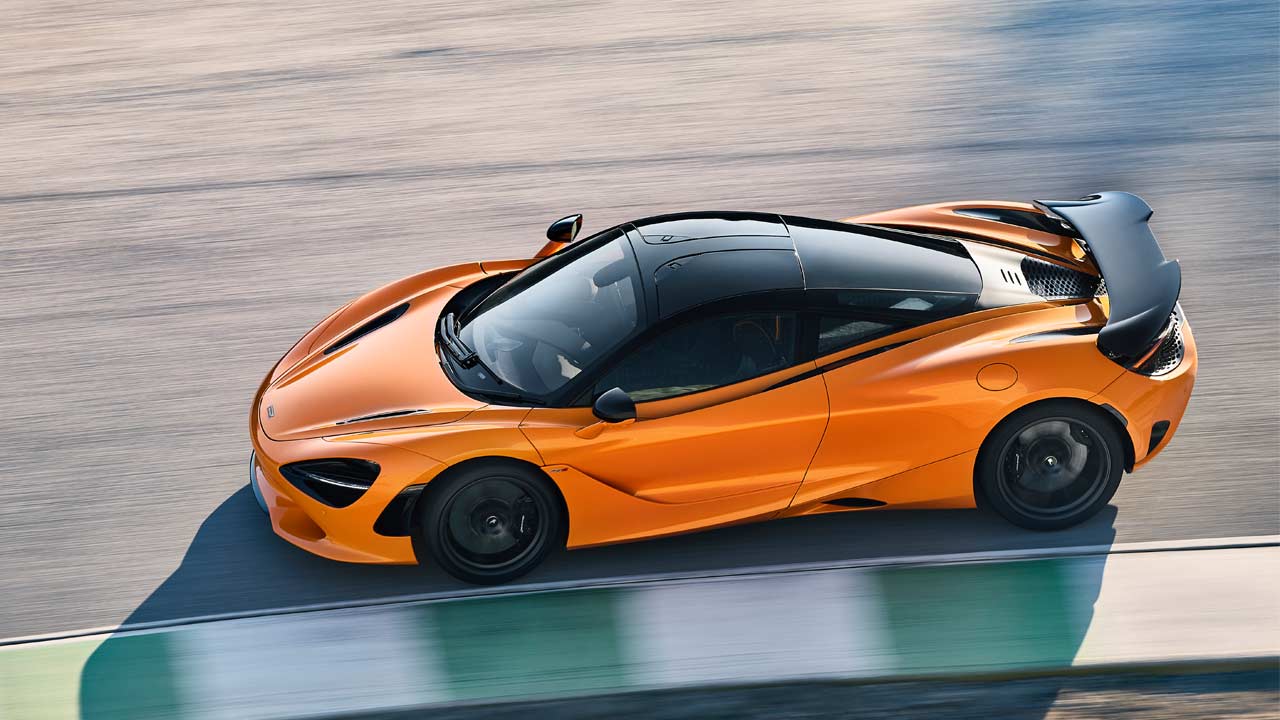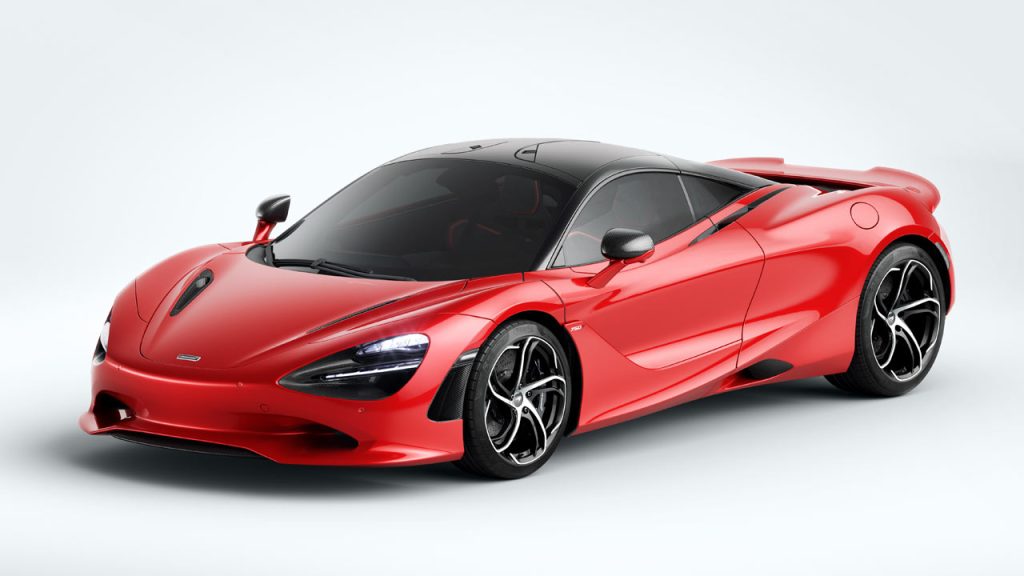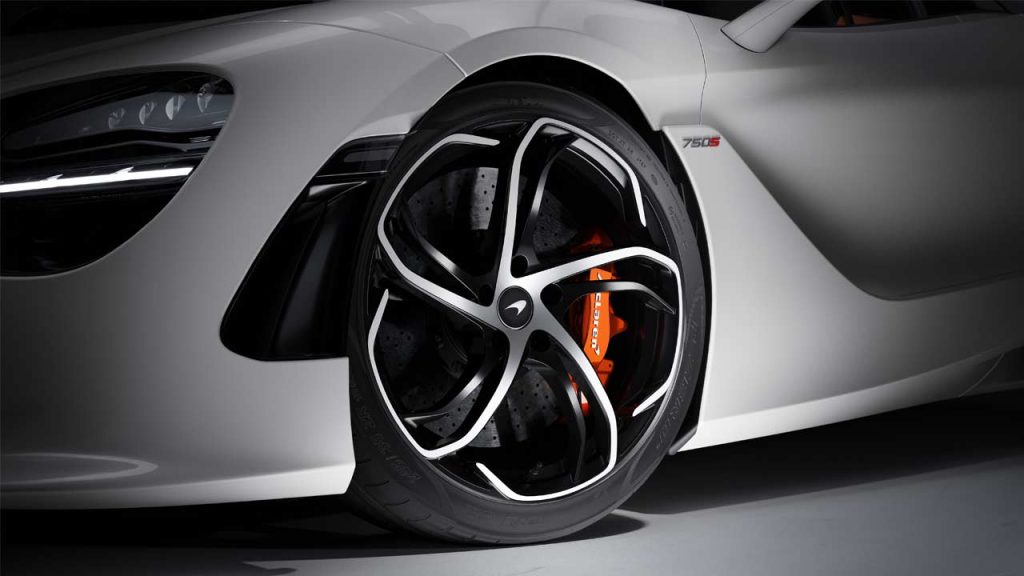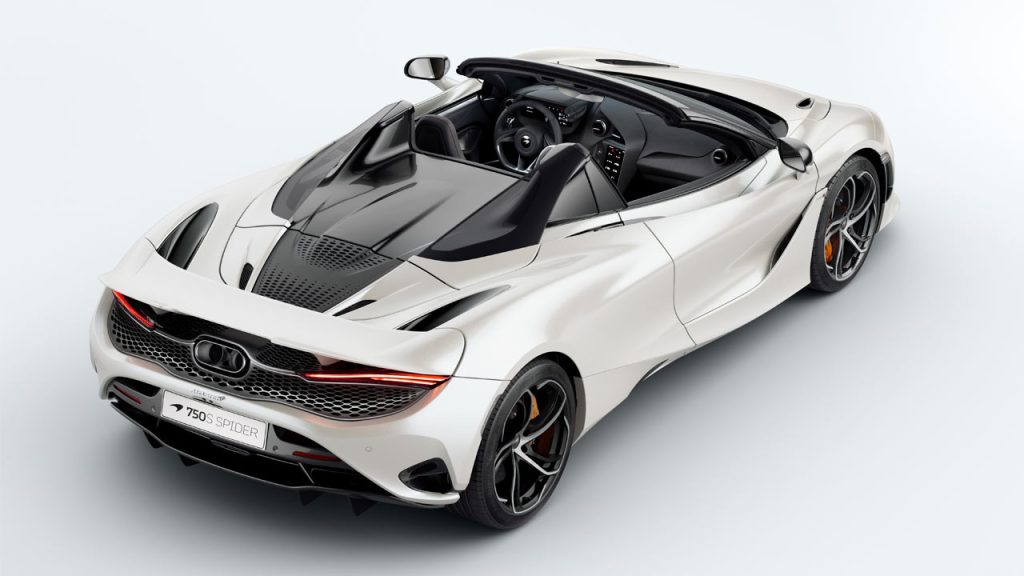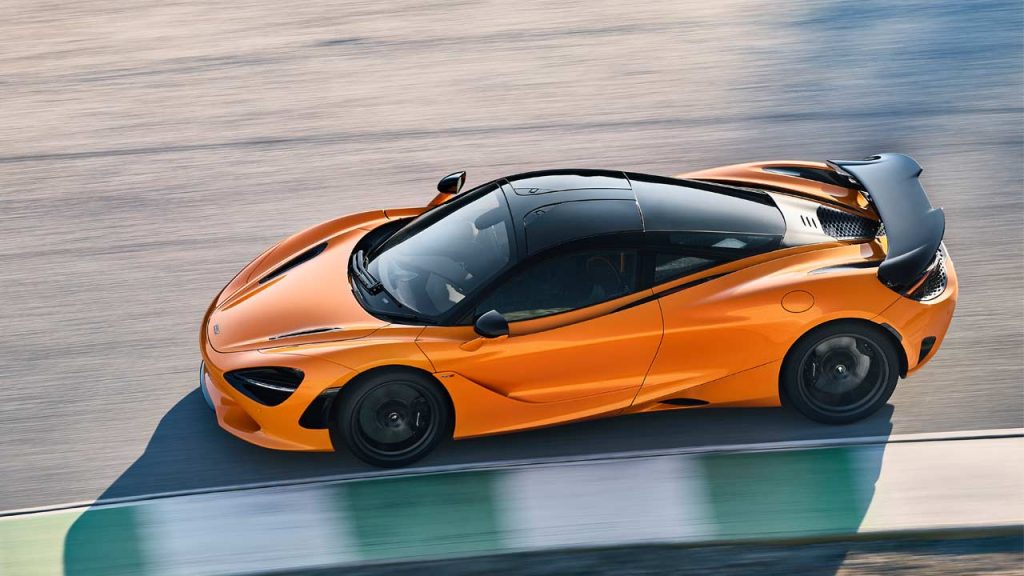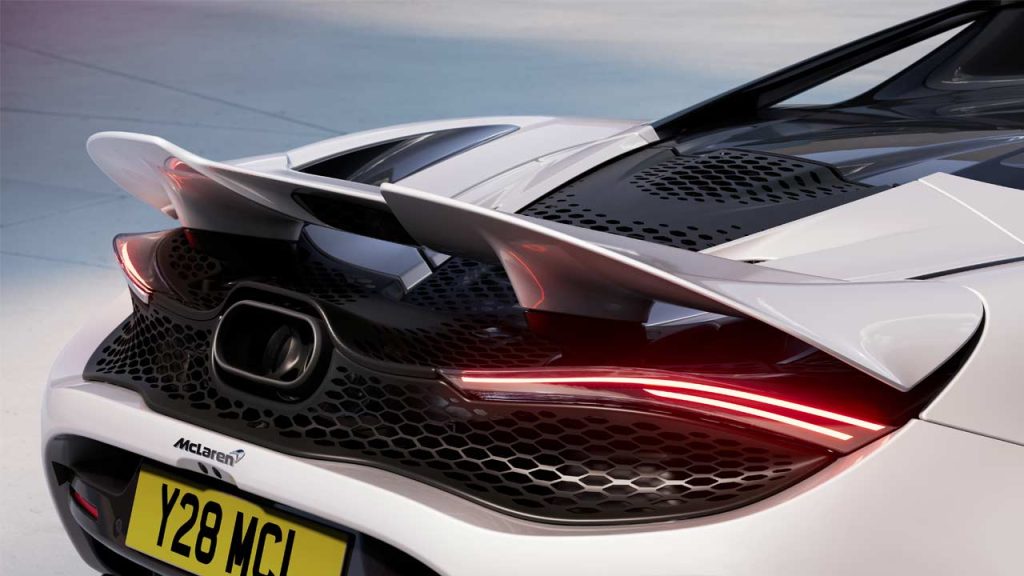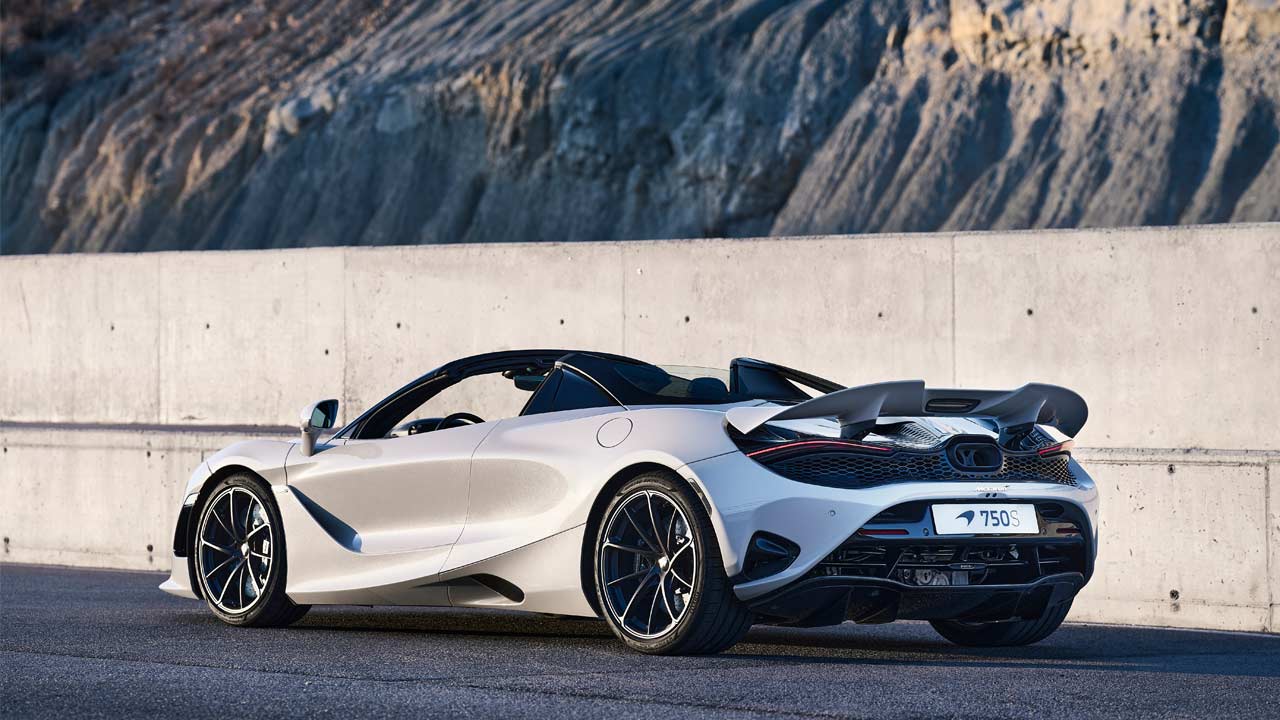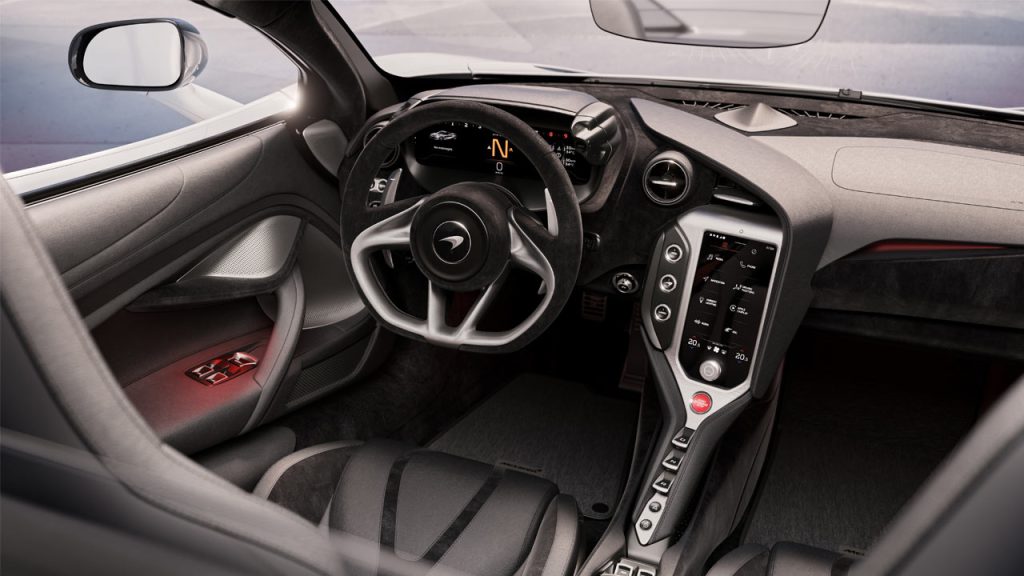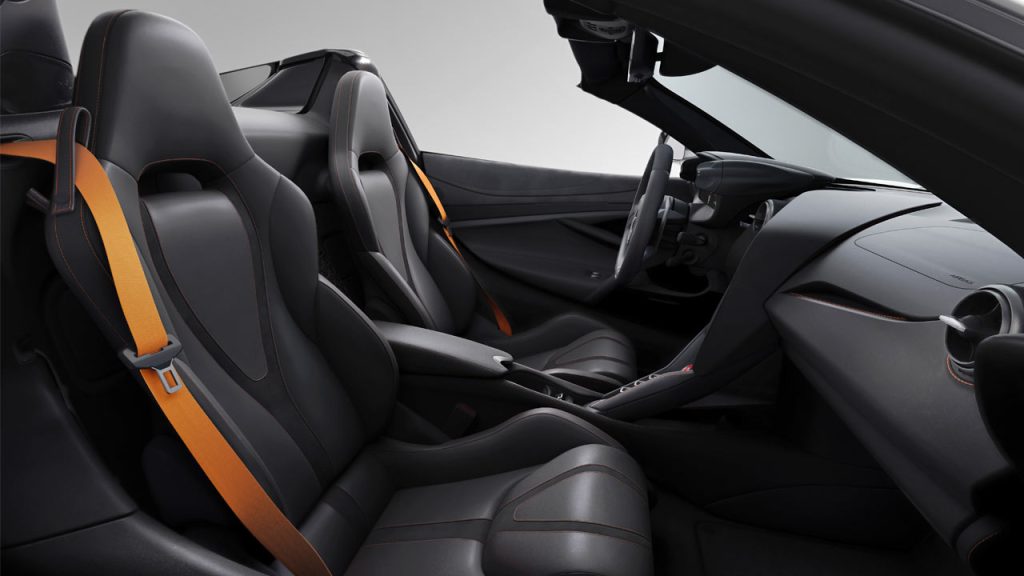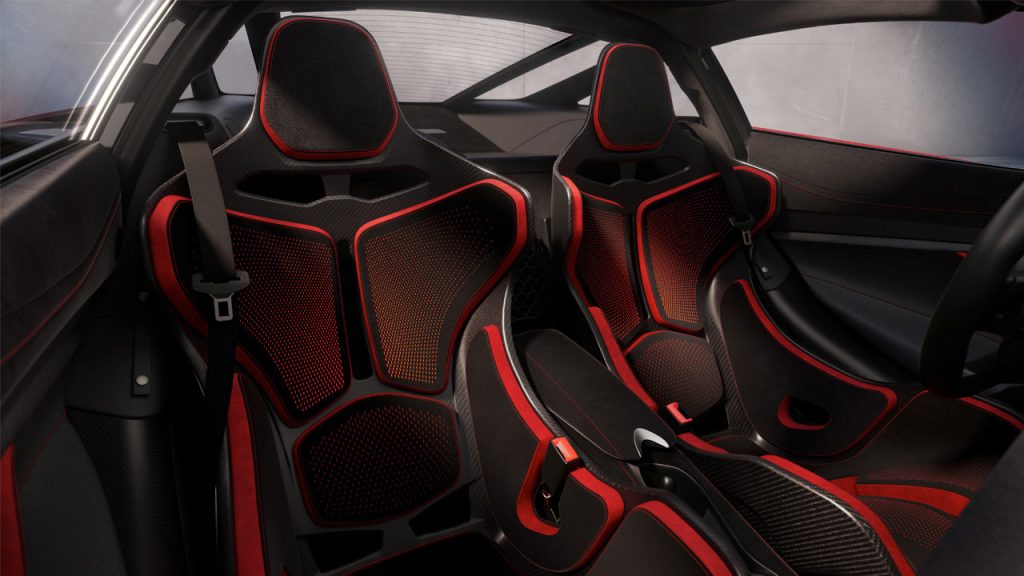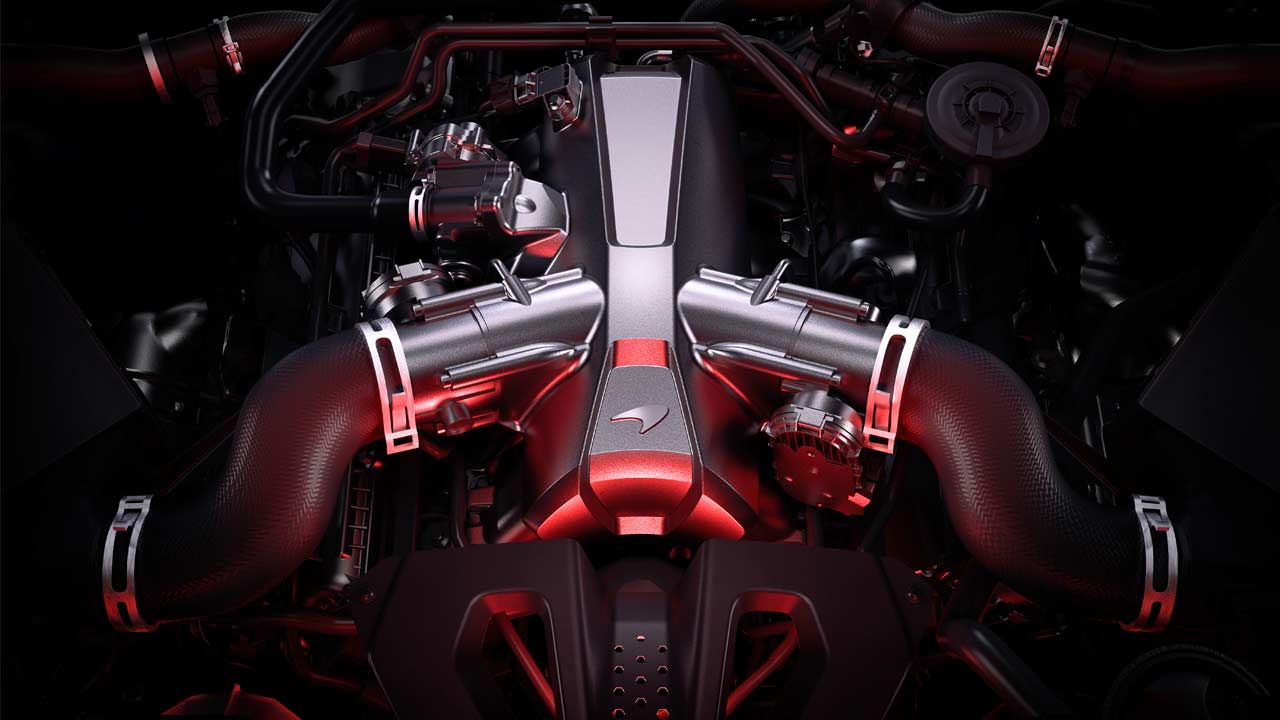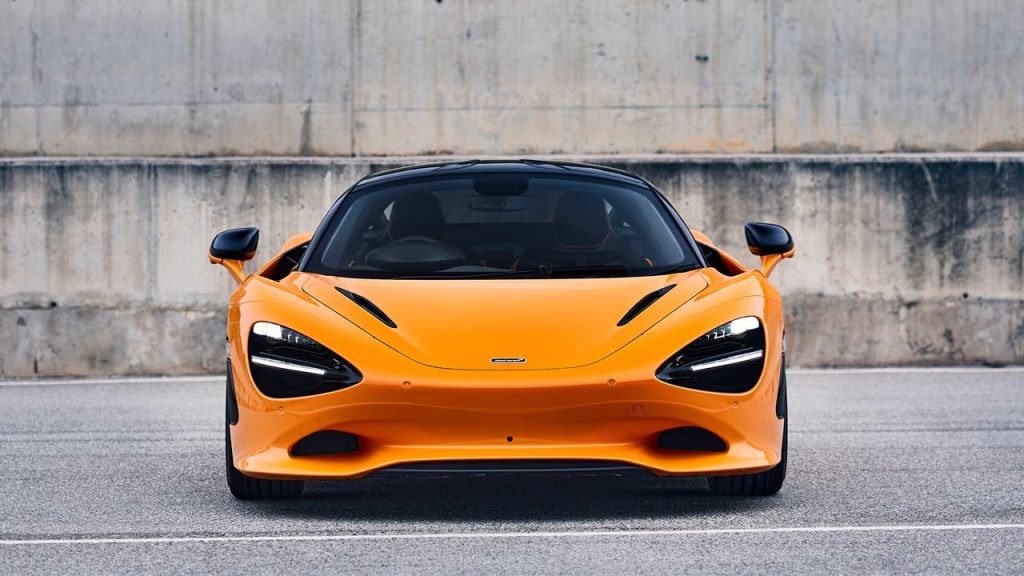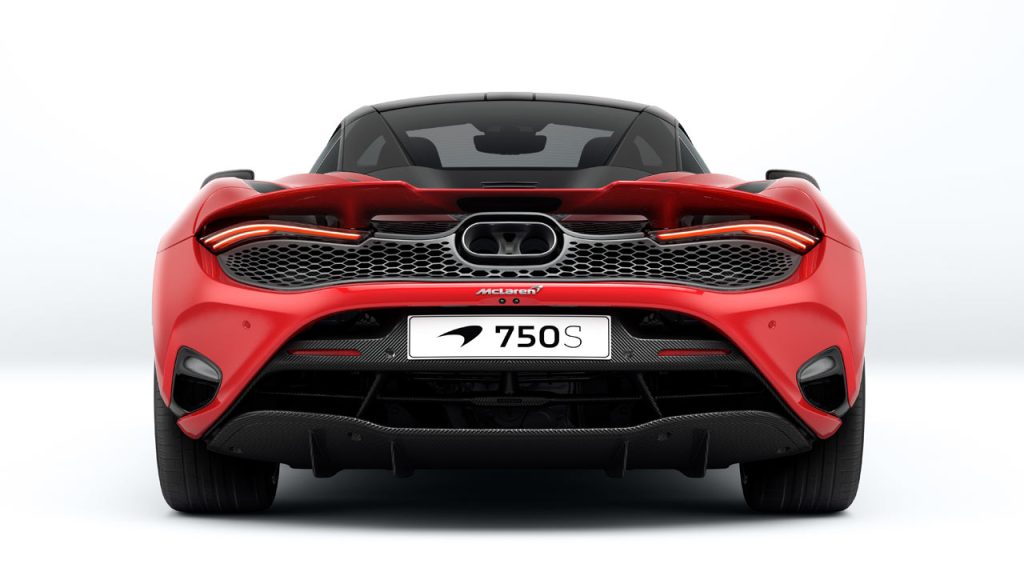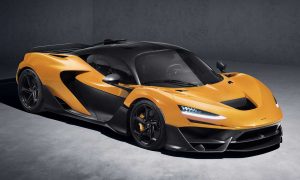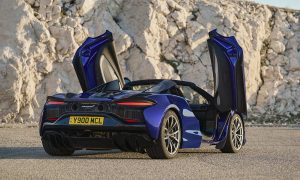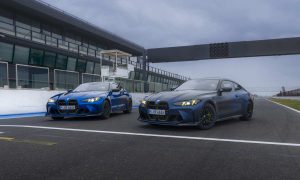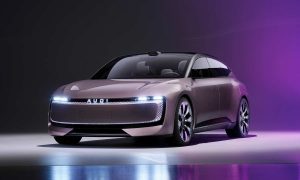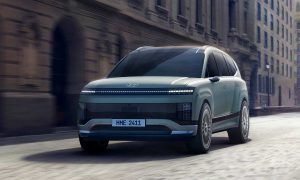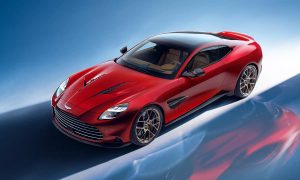The new 750S is billed as the lightest and most powerful series-production McLaren
Why does it look exactly like the 720S? It’s a valid question, indeed. But it appears that McLaren didn’t have a satisfactory answer either, which is probably why they decided to call this the 750S. For you and me, this is nothing but a second-gen 720S. The McLaren 750S is not a limited edition model by any means; McLaren will happily sell you as many units as you want—as long they’re capable of producing them, of course. Order books are open depending on the market.
The 750S comes in both Coupe and Spider bodystyles, of course. And, as mentioned, visually, it doesn’t look too much different compared with its predecessor. However, there’s a new front bumper design, redesigned rear elements, and of course, new wheel designs. As standard, the rims are wrapped with Pirelli P Zero tyres, but higher-performance P Zero Corsa and track-focused P Zero Trofeo R are also available.
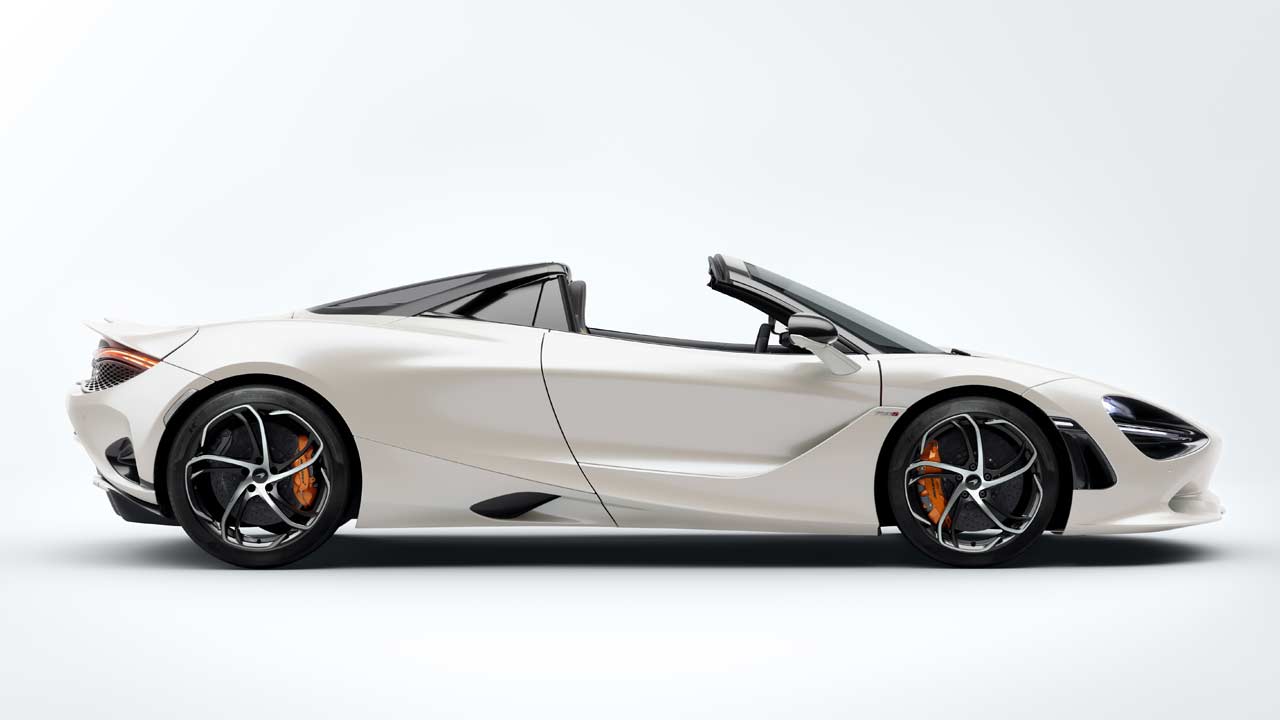 A staggered setup: 19-inch front and 20-inch rear
A staggered setup: 19-inch front and 20-inch rear
As standard, the car is fitted with carbon ceramic discs (390 mm front; 380 mm rear) with aluminium calipers (6-piston front; 4-piston rear).
But the 750S is not just about visual stuff; it boasts increased downforce and even better aerodynamic balance than the 720S. The surface area of the active rear wing is 20% larger than that of the 720S, while also being 1.6 kg (3.5 lbs) lighter—thanks to its carbon fibre construction.
There are three main operational positions for the wing:
- Driver Downforce (partially deployed, dependent on speed): activated via the Aero button in the cabin; offers increased downforce levels during high-speed cornering.
- DRS: automatically offers drag reduction functionality when accelerating in a straight line, up to the maximum vehicle speed.
- High Speed Braking: fully deploys the wing in less than half a second, offering significantly increased rear downforce that is claimed to improve high-speed braking stability and reduce braking distances.
And, McLaren claims that its Proactive Chassis Control linked-hydraulic suspension is now even more impressive in the new PCC III form. The springs are softer at the front and stiffer at the rear than in the 720S, the company said. Additionally, new spring and damper designs shave off 2 kg (4.4 lbs). Further weight shavings/savings (whichever you prefer) come from new 10-spoke forged wheels—claimed to be the lightest ever fitted as standard on a series-production McLaren, saving 13.8 kg (30.4 lbs) combined.
You can see that there are two different versions of the cockpit, with the bottom one fitted with the optional Super-Lightweight Carbon Fibre Racing Seats, boasting a double-skin shell technology that is claimed to reduce weight by 33% in comparison with the same seat shell produced using conventional carbon fibre manufacturing techniques. Each shell weighs just 3.35 kg (7.3 lbs). The standard carbon fibre-shelled racing seats offer a combined 17.5 kg (38.5 lbs) weight shavings compared with the standard-fit seats on the 720S. The new driver instrument display is lighter by 1.8 kg (4 lbs), McLaren says. But wait, it doesn’t end there: the front windscreen glass offers a weight shaving of 1.6 kg (3.5 lbs). A new touchscreen with Apple CarPlay connectivity is another highlight.
Moving on to the juicy bits of the story, the 750S is also gonna pack a 4.0L V8 biturbo engine—an engine that has its roots in the Nissan VRH architecture. As the name suggests, here it pumps out 552 kW or 750 metric hp at 7,500 rpm and 800 Nm (590 lb-ft) of torque at 5,500 rpm. A 7-speed DCT drives the rear wheels. A new stainless steel exhaust system shaves off 2.2 kg (4.8 lbs) than that of the 720S.
Thanks to all the weight-saving measures, the 750S Coupe weighs 1,277 kg (2,815 lbs) in dry lightest form, while the 750S Spider with its Retractable Hard Top (RHT), a rollover protection system and a bespoke carbon fibre rear upper monocoque structure, weighs 1,326 kg (2,923 lbs) dry.
The official 0-100 km/h (62 mph) sprint time for both Coupe and Spider is claimed to be 2.7 seconds, but the timing varies slightly for 200 and 300 km/h (7.2 vs 7.3 and 19.8 vs 20.4 seconds, respectively), understandably. The top speed for both models is claimed to be 332 km/h (206 mph).

Leave a Reply
Note: Comments that are unrelated to the post above get automatically filtered into the trash bin.
